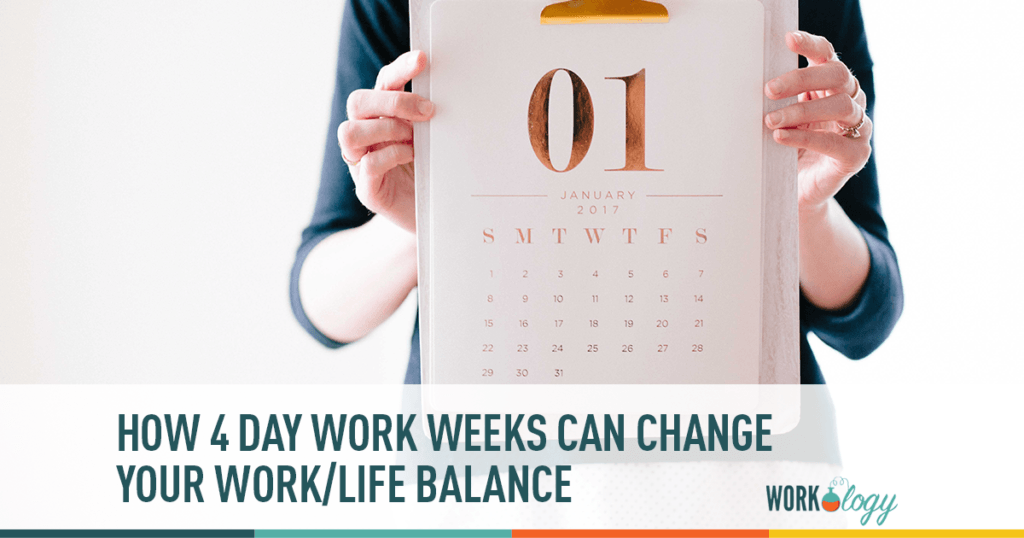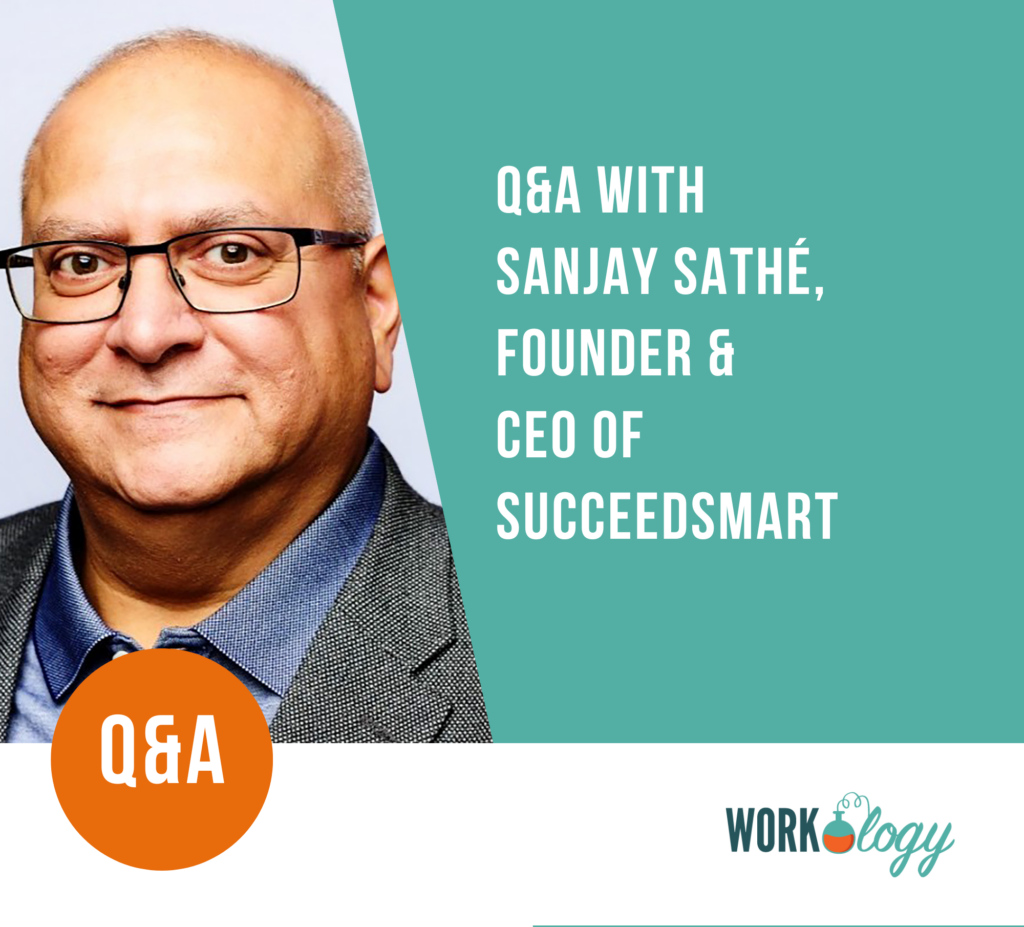How 4 Day Work Weeks Can Change Your Work/Life Balance
Last month, the company I work for implemented a “four-day workweek” policy in conjunction with its 30th Anniversary. Among other objectives, the new benefit is designed to spark and incentivize the creativity, speed and agility that embody our startup roots.
We expected and received a great response from our employees and an uptick in applicants. But, I didn’t anticipate all the questions and comments I received from business contacts, friends and family. Social media played a big part in the buzz, but it doesn’t account for all of it.
Our four-day workweek might even be a bigger deal than our unlimited vacation and leave policy, because the effect is more immediate. Work/life balance is a huge concern today among new workers, executives with young families, as well as baby boomers who are thinking about their professional third act.
People are looking for more time to accomplish personal tasks and to be present with their family and friends. And, when they find it, they tend to treat the additional time and space like gold if it’s consistent and they can plan around it. In exchange – at least in theory – people will muster more focus, intensity and quality to keep it.
What Employees Want
Making everyone happy in the workplace is as insoluble as world peace. But, our management team understands our innovation and growth depends on the quality of our talent. So we’ve made the effort to understand what our employees want to experience in a modern workplace.
As our company moved through this exercise, most requests centered on time and space flexibility, which was addressed by our remote-work, unlimited leave and four-day workweek policies. Most of the other ancillary requests seemed to center around social interaction and learning.
The list was large and diverse, ranging from when people eat, to how their desks are arranged, to how teams are organized and motivated. But, consistent themes eventually formed three branches; community outreach, professional development and team building.
Times They Are a Changin’
I’m really encouraged about the recent trend of young people seeking out ways to help others. The sociological reasons for this are interesting, but not as important to me as the fact that newer workplace entrants seem to be rebalancing self with community and consider community service fulfilling and fun.
And, everyone seems to want more training. The cynic in me often hears the demand for more training and professional development as little more than an excuse for lack of planning or work.
But, when I set my prejudices aside and open my mind, I realize as a matter of course bright and creative people want continuous learning. Why would I want to work with anyone who doesn’t want to continually learn?
Hand-in-hand with community outreach and professional development is team building. Activities during which team members can relax and learn more about each other really do represent the fulcrum of balance between work and life.
Whether it’s getting together to build a Habitat House to identify potential leaders, gathering in small groups for beers and burgers to watch inbound marketing webinars, or attending a baseball game so officers and interns can find out what motivates each other – all of these activities meld personal life and work life together and promote employee engagement.
If It’s Worth Doing, It’s Worth Having a Name
We implemented a four-day workweek with the stipulation that one Friday each month would be dedicated not completely to work or completely to personal time, but to a combination of the two. We picked the last Friday of each month and dedicated it to the social and learning events employees consistently told us are important to them.
We intentionally branded this special day “Fourth Friday” (brilliant, right?) and developed logos, t-shirts and other structured reminders for two reasons – so people continually remember how fortunate they are to have a four-day workweek, and so the activities and events employees told us were important to them happen consistently, each and every month.
Doing this requires managers to plan in ways they’ve rarely planned before and to be available to their team in some ways that are new to everyone. But, the potential payoff in employee engagement is worth the risk and investment.
What Is Work/Life Balance Anyway?
Many companies and managers who like to talk about work/life balance, don’t really understand or do anything about it.
Work/life balance first and foremost is rebalancing the amount of time people spend with the most important people in their lives – their family and loved ones.
Secondly, it’s about providing that extra time in such a way that existing employees are motivated to give their best to keep it and so potential employees are motivated to come find out if they’re qualified to get some of it, too. This enables our company to raise the bar to attract and retain the best and brightest talent available.
Finally, it’s about authenticity. We call it work for a reason. Everyone wants to work less and play more. That’s not new. But, this era of social, mobile and cloud technology enables us to mix and match work and play and leverage each to augment the other in completely new ways.
When we’re authentic with each other about what it is we all know we want, we can more easily acknowledge a better way is possible if we trust one another to do it right.
When employers think progressively and invest in professional trust, new options open up and workplaces become more engaging. And, engaged employees generate more profit for the companies for which they work.









